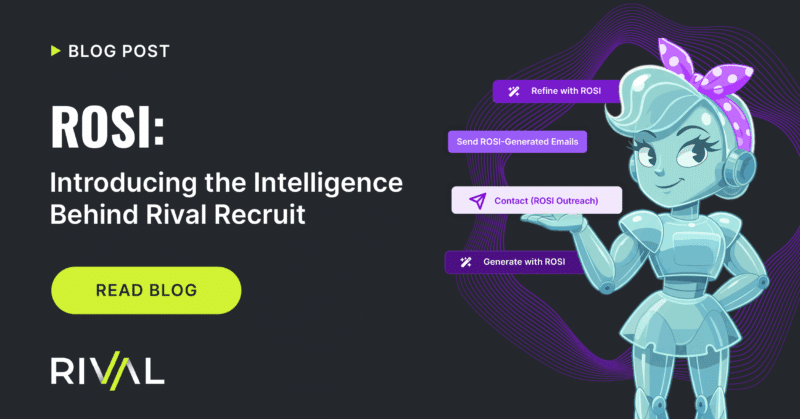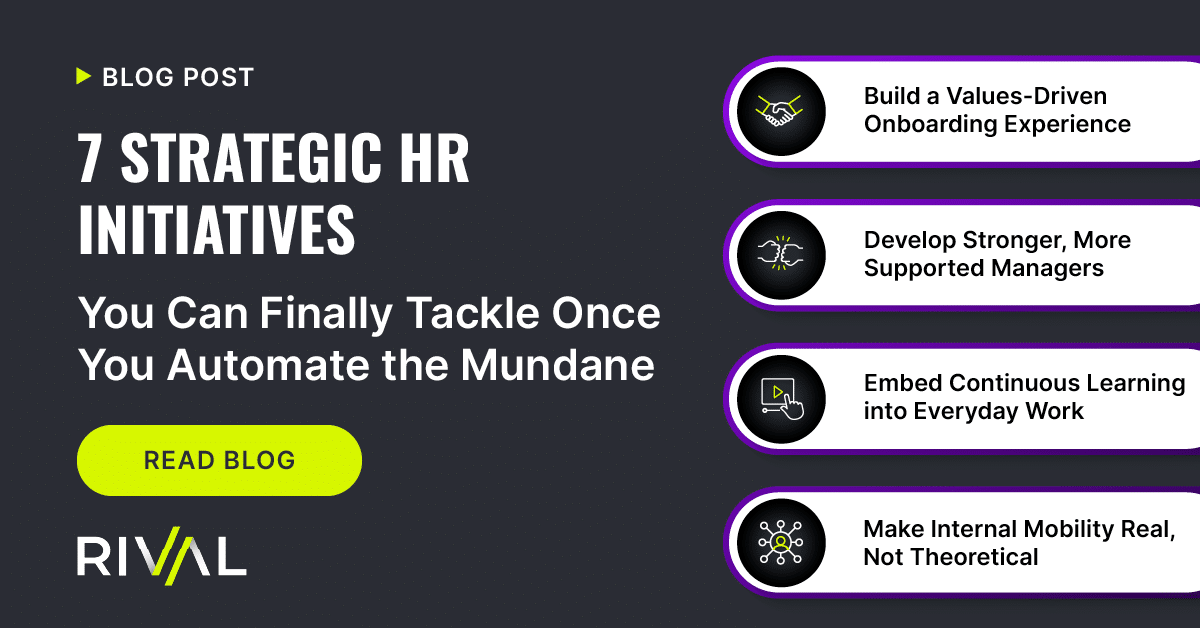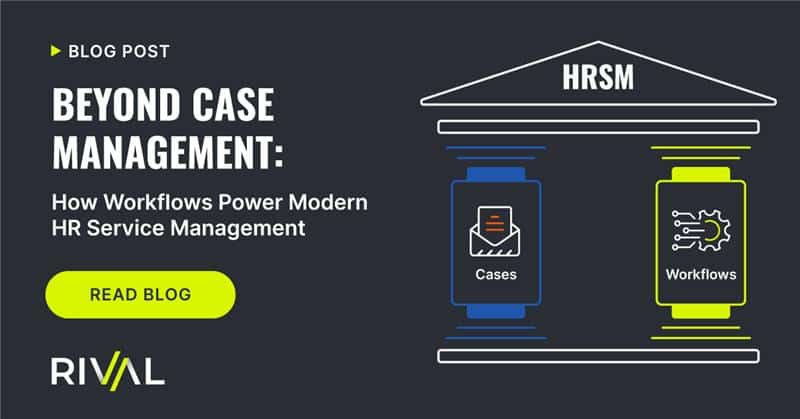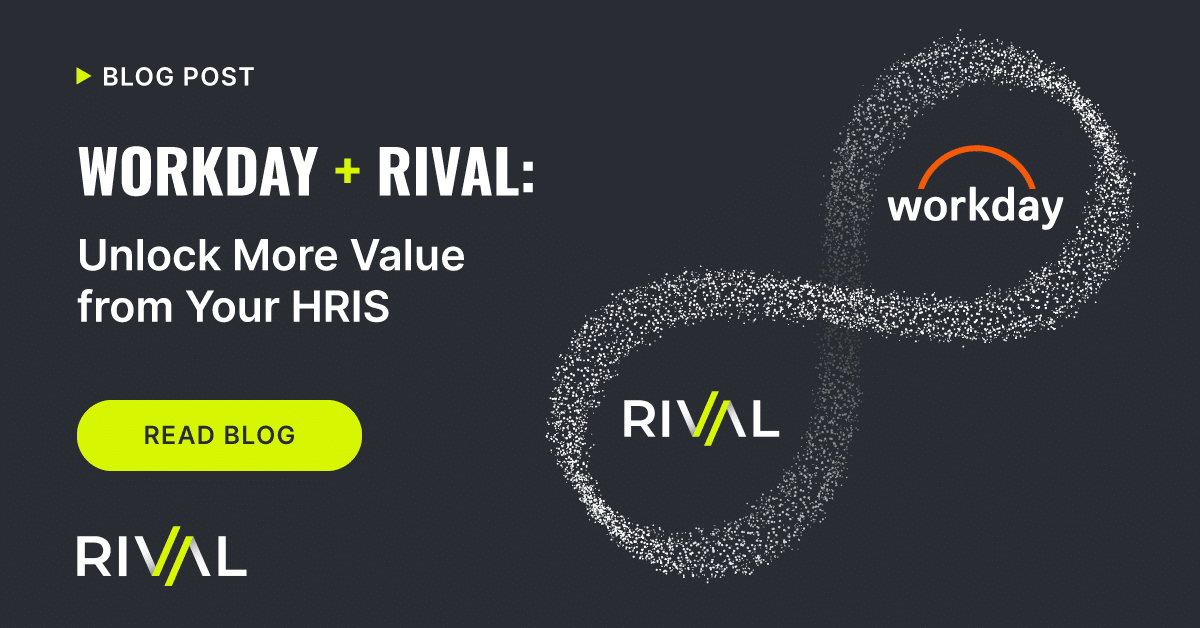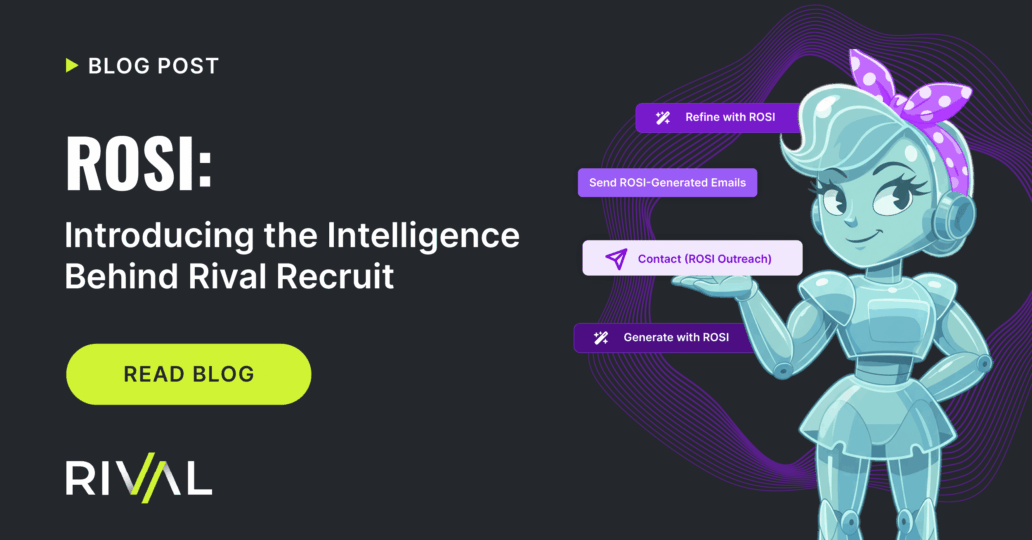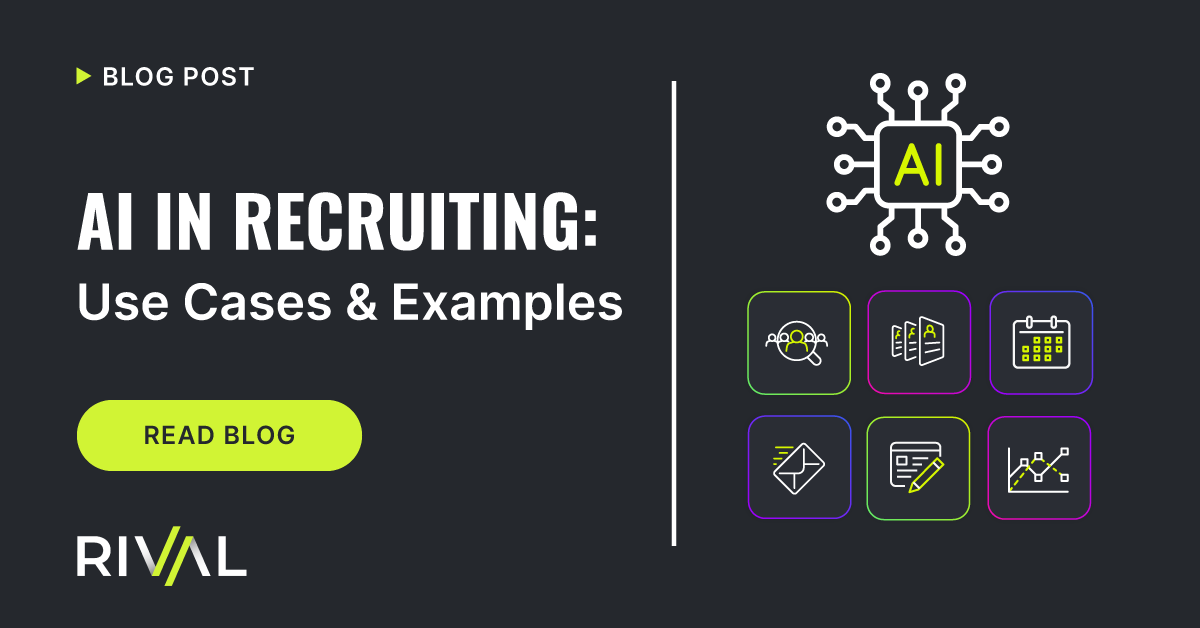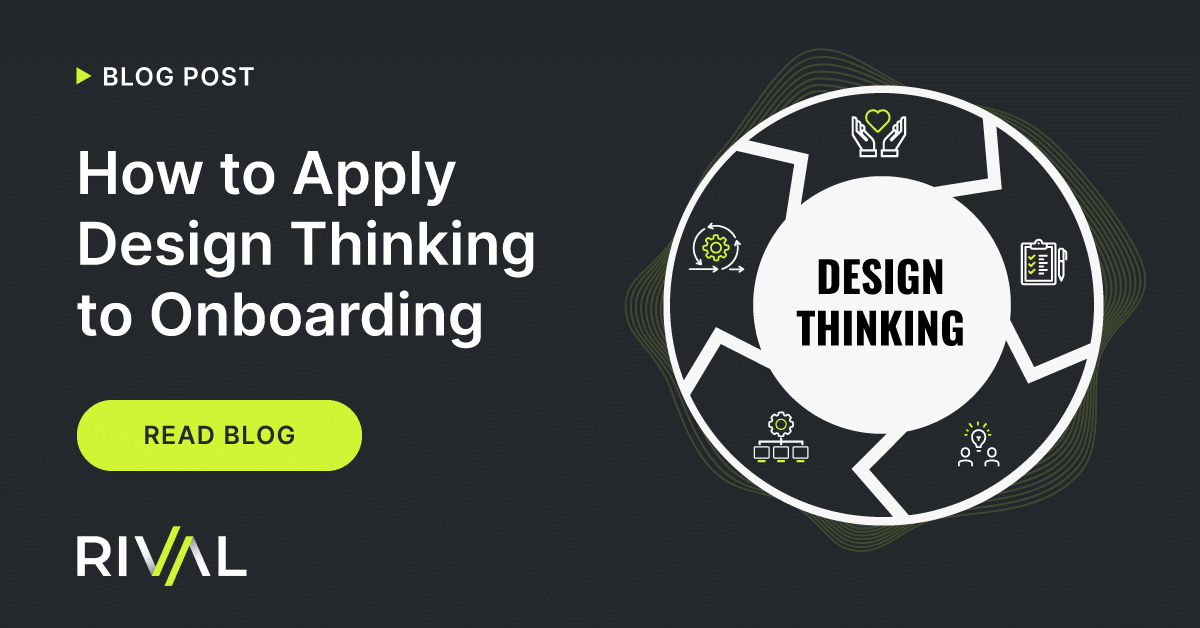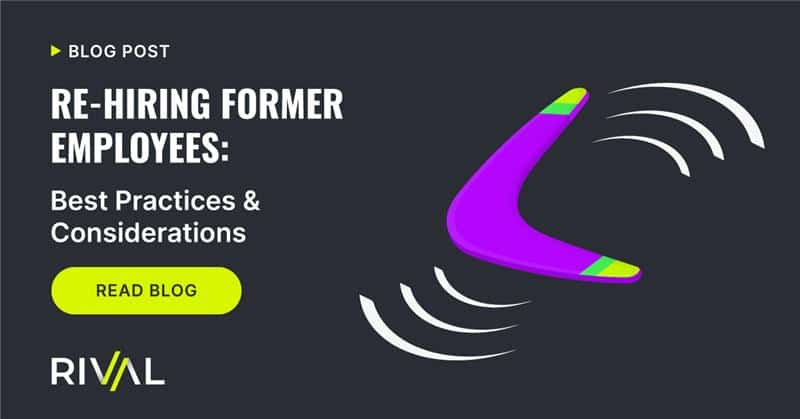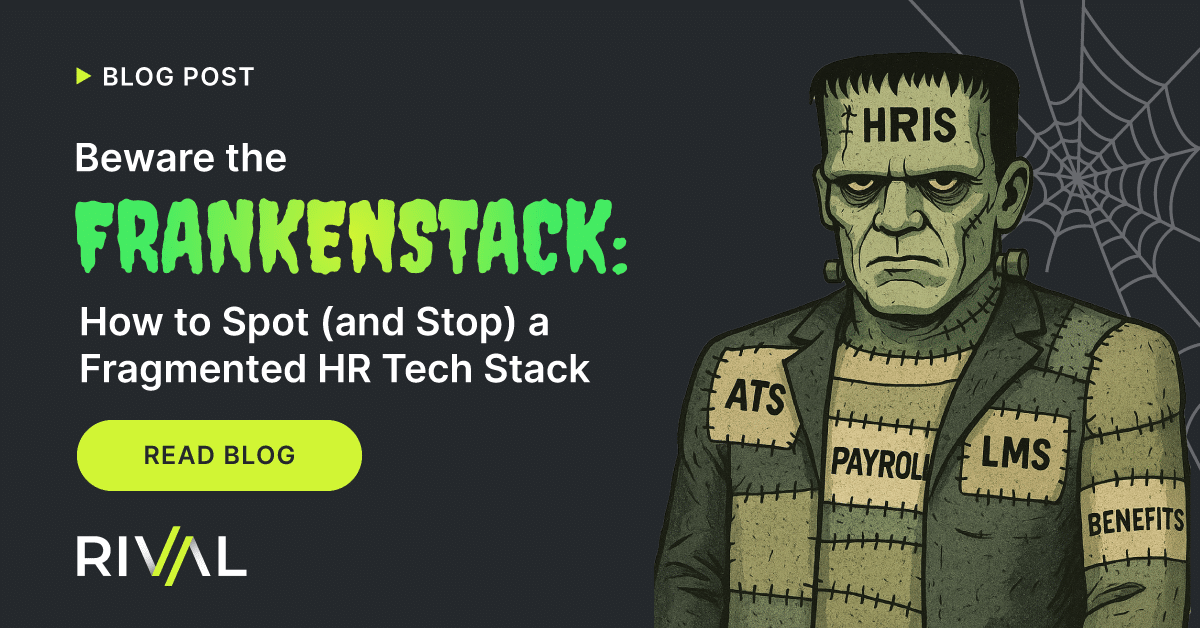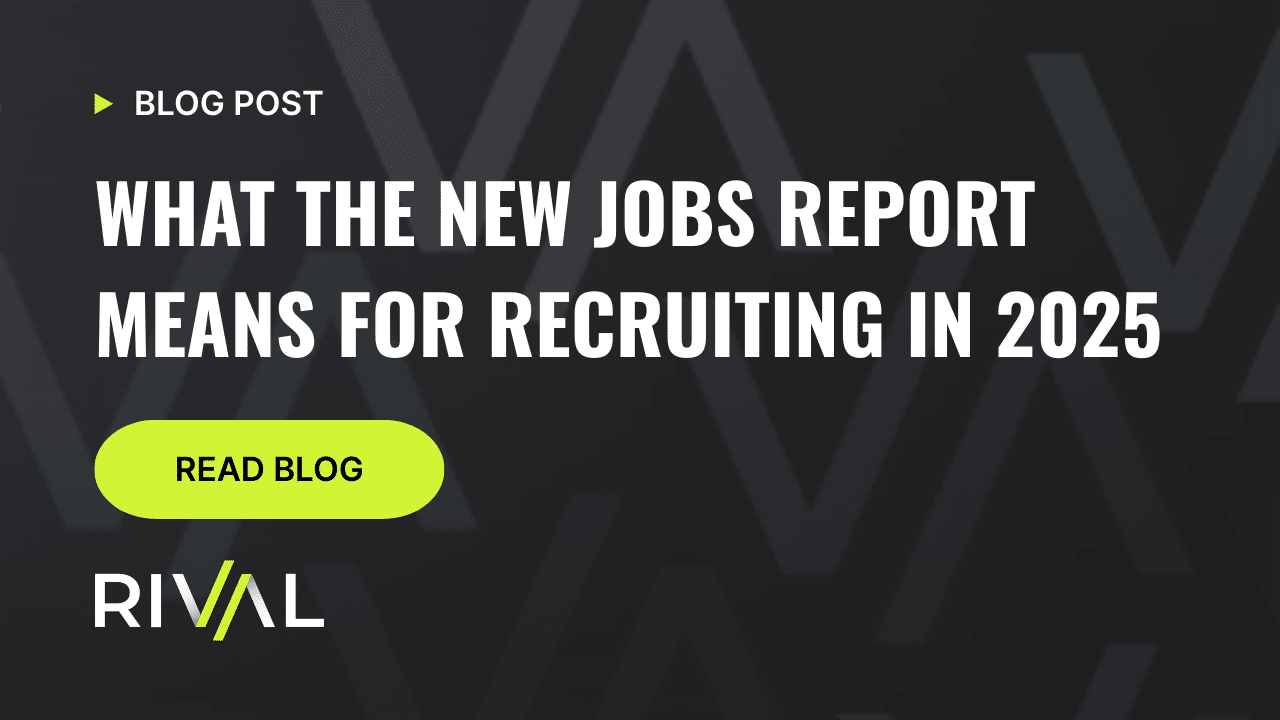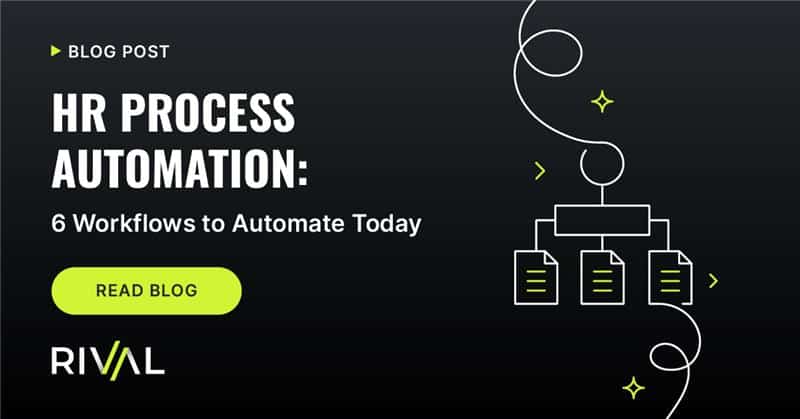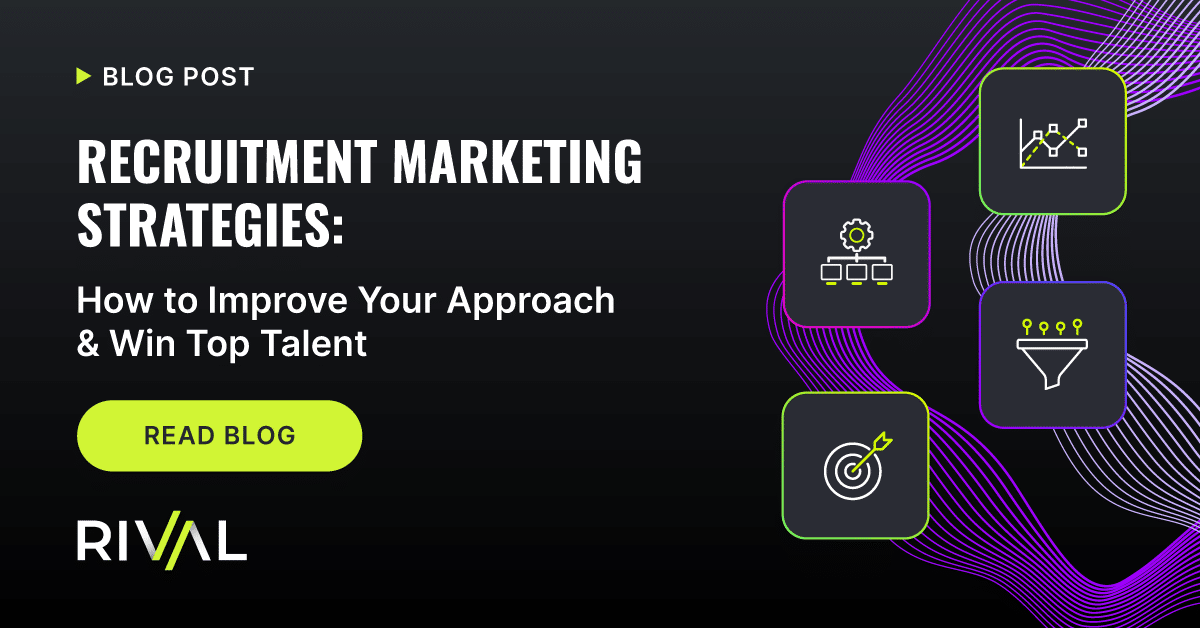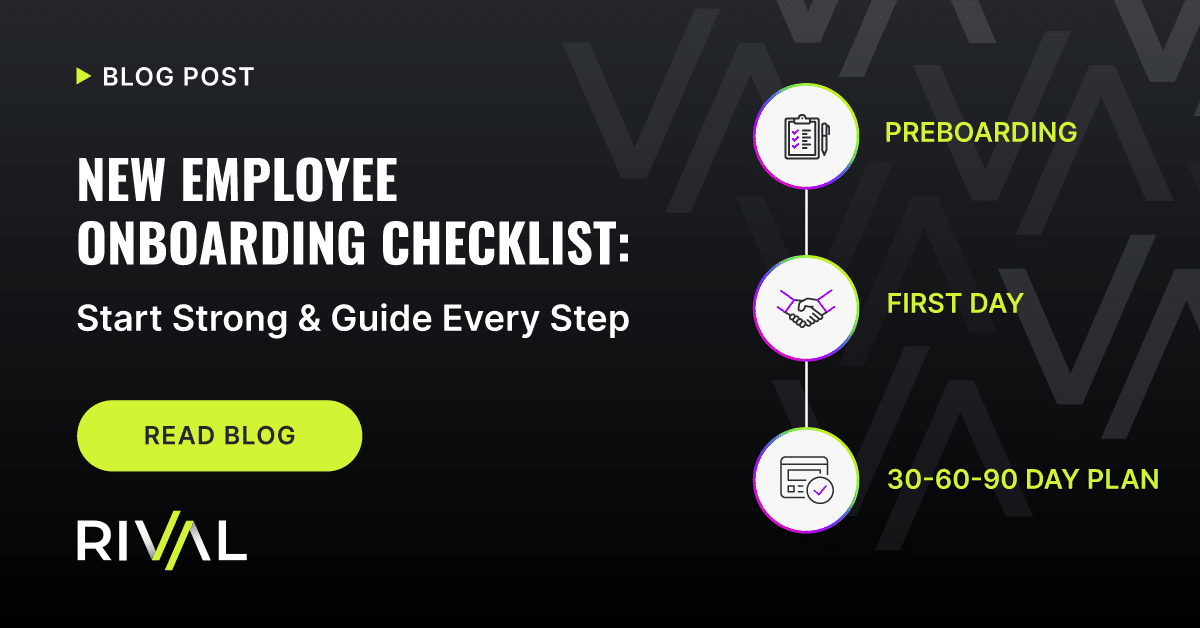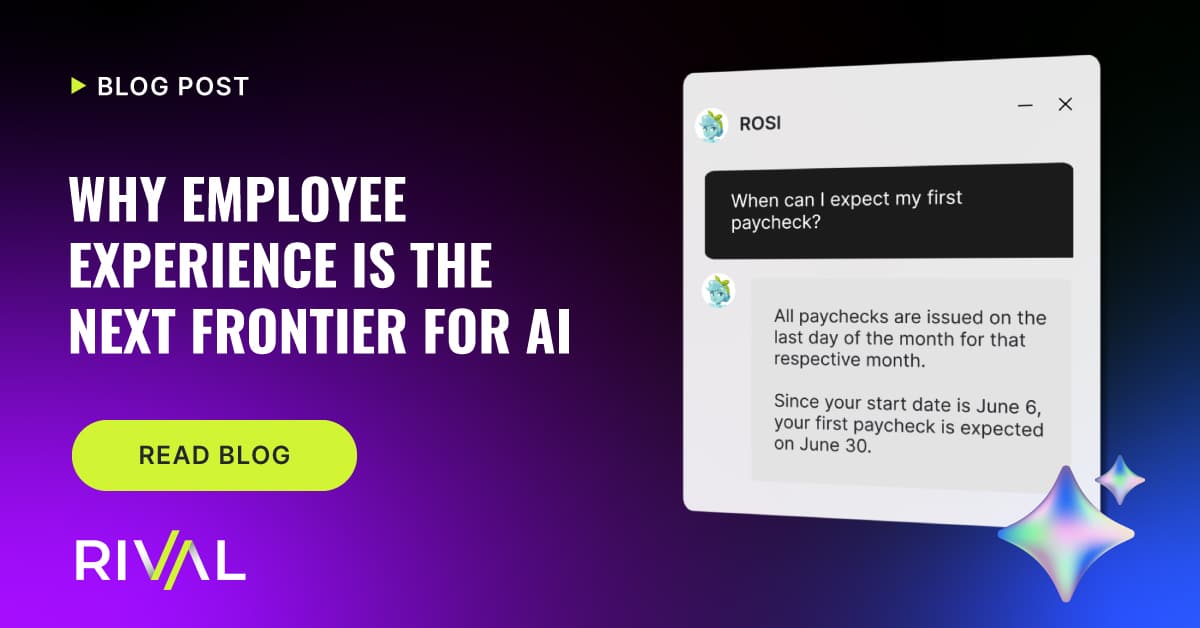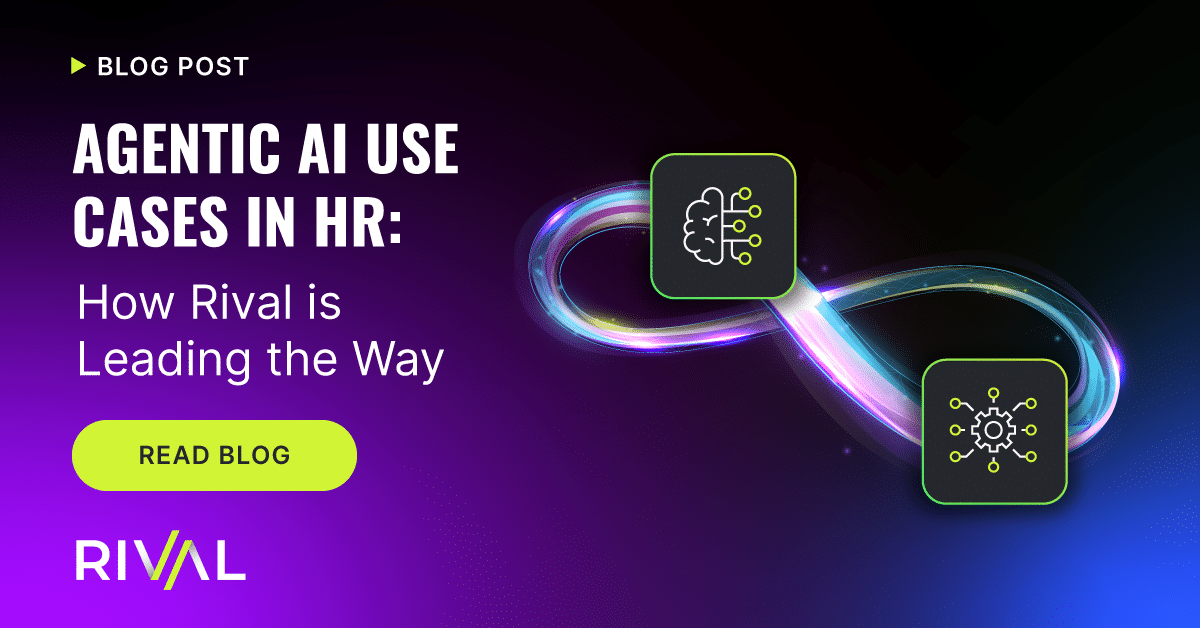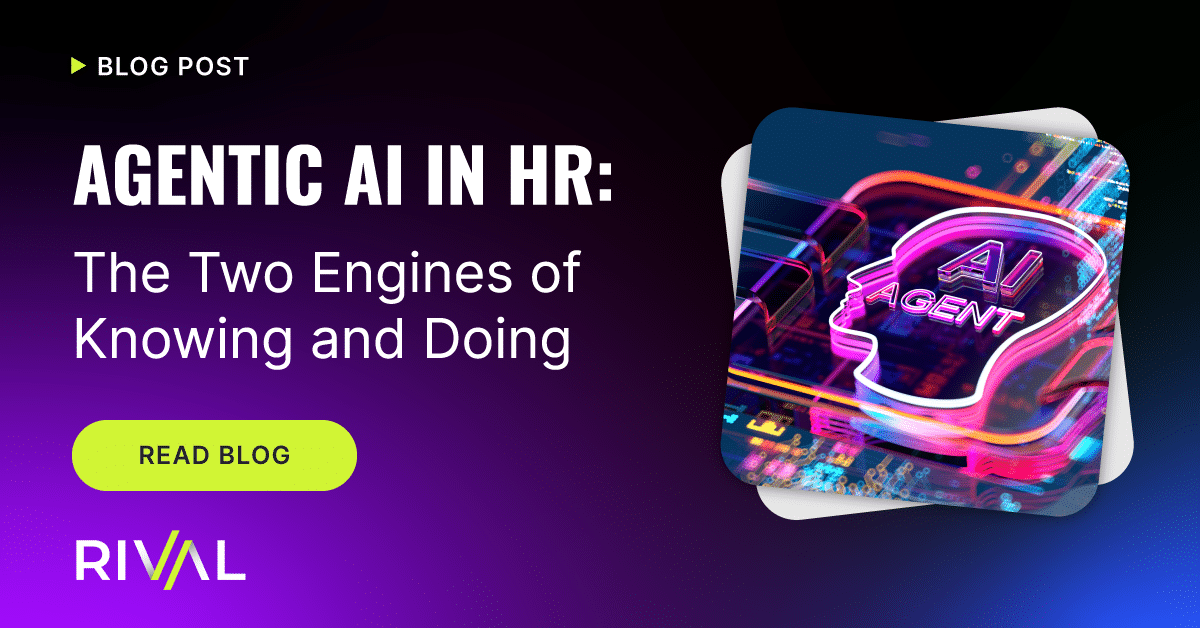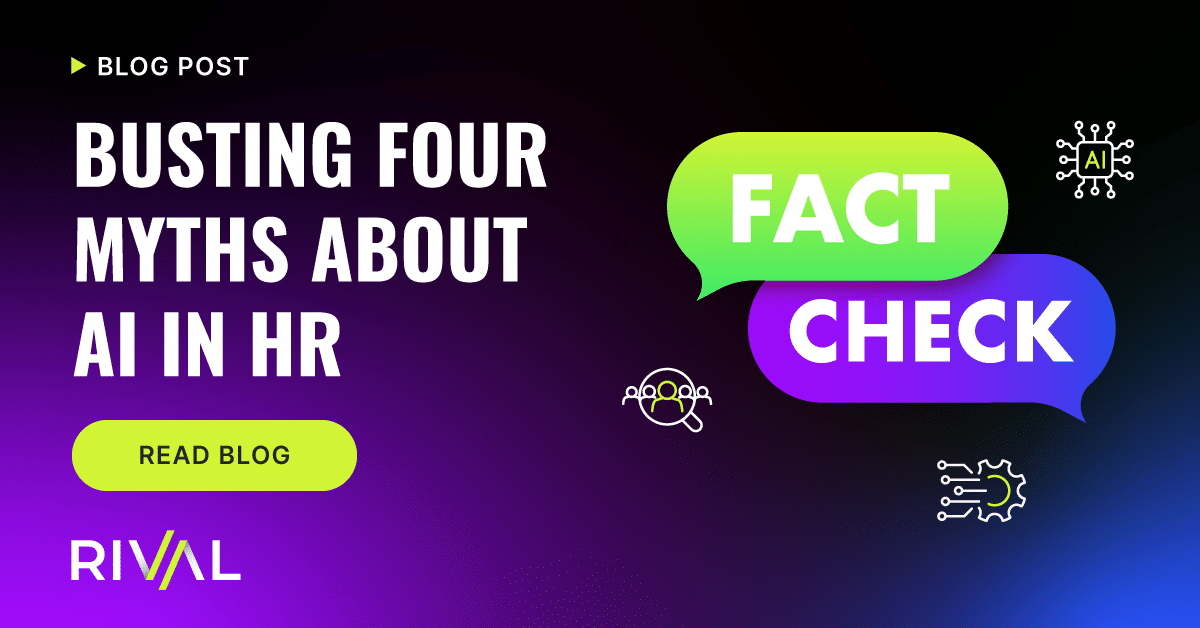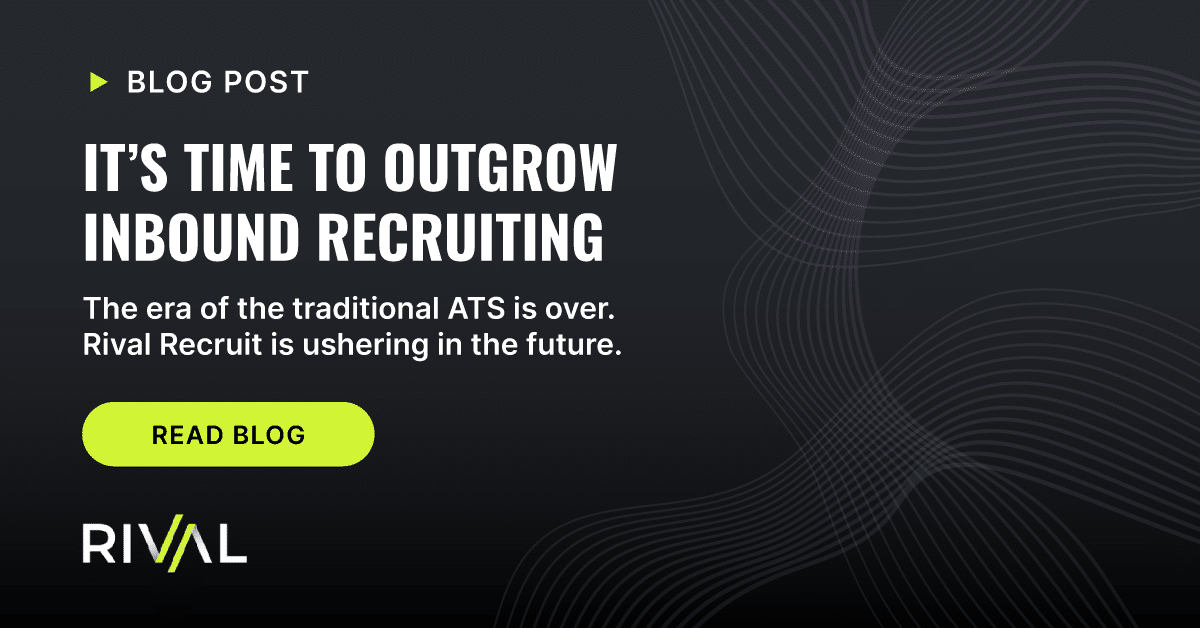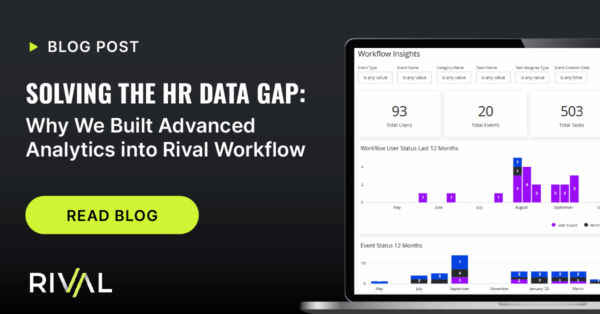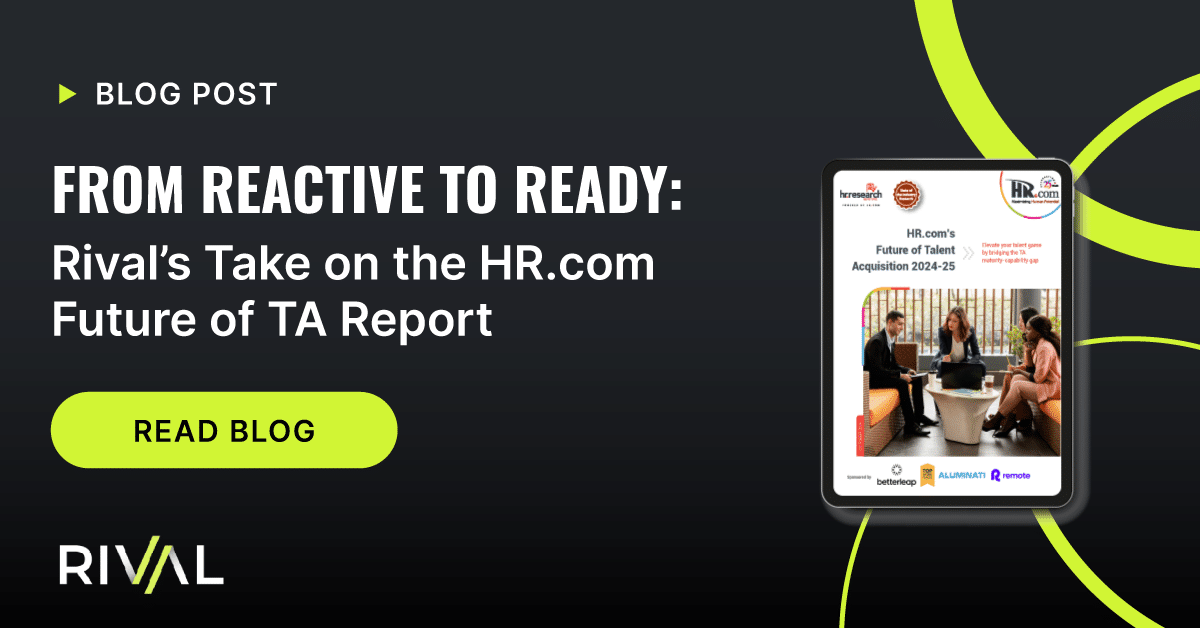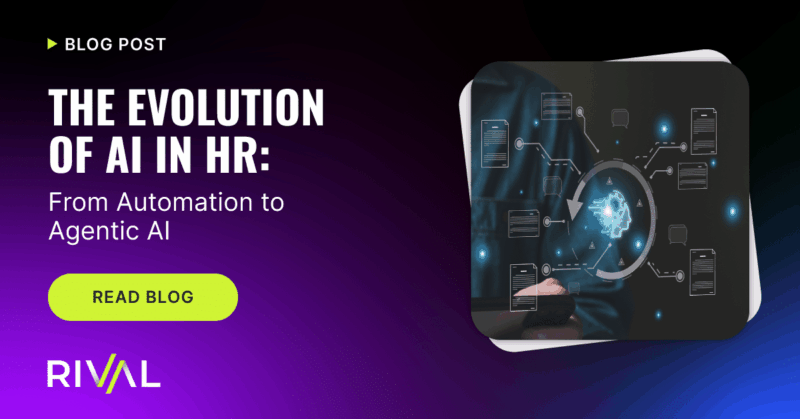FEATURED ARTICLE
ROSI: Introducing The Intelligence Behind Rival Recruit
ROSI is built into Rival Recruit and ready to work alongside you today—without the extra tools or learning curve.
FILTER BY
CATEGORY
- General HR | HR Workflow
7 Strategic HR Initiatives You Can Finally Tackle Once You Automate the Mundane
- Employee Experience | HR Workflow
Beyond Case Management: How Workflows Can Power Modern HR Service Management
- HR Technology | HR Workflow
UKG + Rival: Turn Workforce Management into a Full Employee Experience
- Talent Acquisition
Tech to the Rescue: How Automation is Slashing Attrition and Transforming Healthcare HR
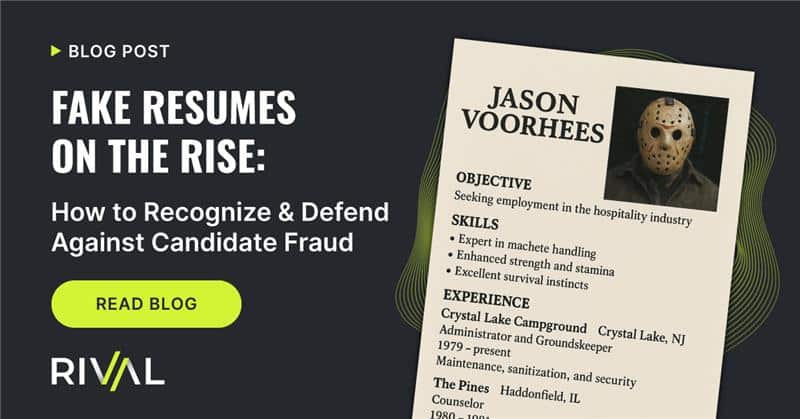 Talent Acquisition
Talent AcquisitionFake Resumes on the Rise: How to Recognize & Defend Against Candidate Fraud
- Talent Acquisition
Recruitment Marketing Strategies: How to Improve Your Approach & Win Top Talent
- AI in HR | General HR
Agentic AI Use Cases in HR: Why Employee Experience Is the Next Frontier for AI
Talk to an expert
Rival goes beyond traditional talent management to help our clients find, launch, and develop the best talent for their business


















